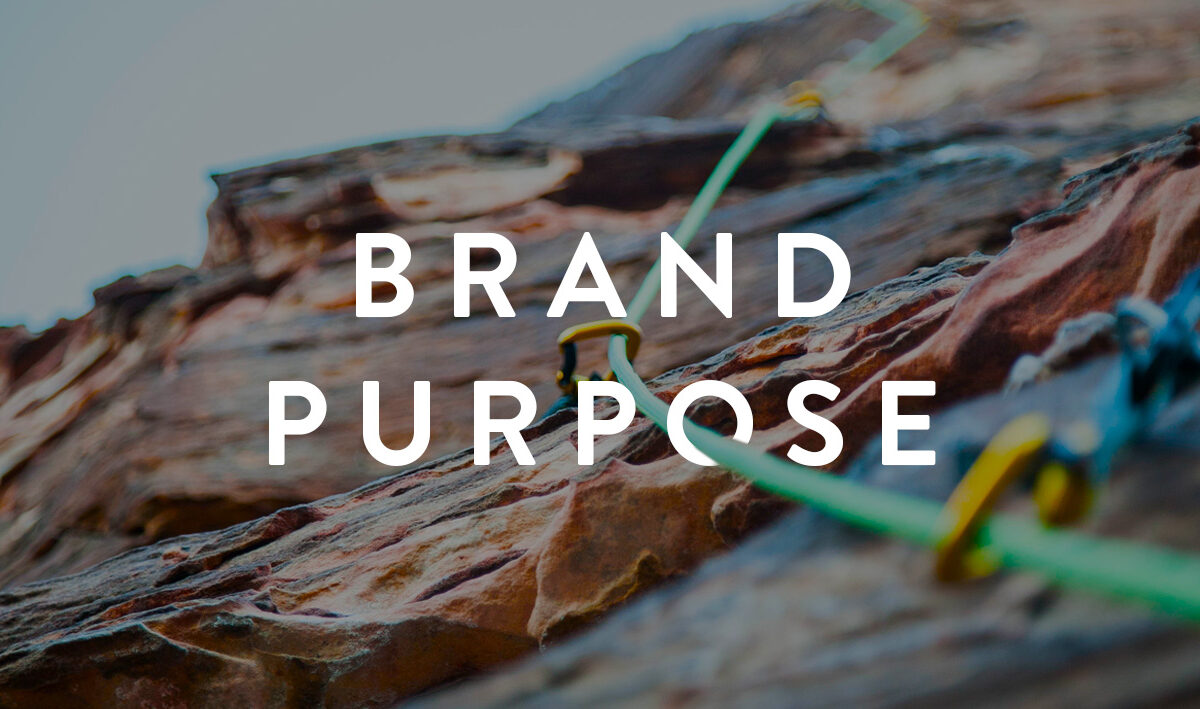It’s not what you sell. It’s what you stand for.
Beyond being simple, clear and inspirational, enlightened brands should seek an elevated purpose and articulate a point of view which stands for something. It’s not about just being, it’s about meaning. Articulating brand purpose goes beyond creating a set of inspiring words, but also contributes both internally and externally to long-term vitality, richness and success. Higher purpose branding goes beyond the functional benefits provided to consumers, extending to include emotional and social benefits.
At work here is a trend JWT Intelligence calls “Mindful living” which speaks to an increased awareness that our digital lives and ‘always on’ mobile connectivity are causing us to miss out on a more present, conscious experience.
Weapons Of Mass Distraction
Larry Rosen in Psychology Today coined the term “Weapons of Mass Distraction” to describe our technological obsession with smartphones. A study conducted by Pew l found 67% of young adult cell phone owners check their phones for calls, messages or alerts without any vibration or ring. Another study conducted by Baystate Medical Center in Massachusetts and University of Indiana-Purdue also studied this “Phantom Vibration Syndrome” with most participants imagining their device vibrating at least once every day.
There is no shortage of reports on how addicted we are to technology. But we’re not addicted to it, we are obsessed by it, and the most important difference between addiction and obsession is chemical. Unlike addiction, where the brain is trying to create endorphins or serotonin, etc., obsession seeks to decrease neurotransmitters that are related to anxiety (this can include elevated, excited, and positive moods). In other words, brains too wrapped up in and around technology are saturated with “downers” which runs the risk of decreasing our potential to experience joy.
Joy is the emotion which makes the feeling of happiness possible.
Being Mindful Of A Higher Brand Purpose
Buick’s #inthemoment campaign has done an excellent job in articulating higher purpose branding. Buick puts itself at the center of the idea to self-regulate how and where we use technology, urging: “Pledge to engage more, connect more, share more, explore more.” The campaign features a “Get Off the Phone Song” video from YouTube stars Rhett and Link, a “Get in the Moment” Tumblr, and other tactics smartly targeted to the Millennial generation, the audience most immersed in mobile devices and most open to the message.
Virgin Atlantic co-created mindful content with Headspace for its in-flight entertainment system, covering topics such as how to get sleep and deal with boredom. Even in education we’re starting to see mindfulness being taught as a way to improve behavior, promote creativity, lessen stress and anxiety, and teach social and emotional self-regulation. Companies like Inner Explorer are helping to support teachers with lesson plan ideas.
Higher purpose once had quasi-spiritual overtones. But higher purpose today seems to be a wiser point of view to mean that if we know better, we should do better. With higher purpose brands, the transaction no longer is the primary means of value; the relationship is. And they demonstrate fearlessly (one might even say they are ‘mindful’) their commitment to a customer’s well-being.
The Blake Project Can Help: Meet the new requirements of competitive advantage in the Branding 4.0 Business 4.0 Workshop
Branding Strategy Insider is a service of The Blake Project: A strategic brand consultancy specializing in Brand Research, Brand Strategy, Brand Growth and Brand Education





